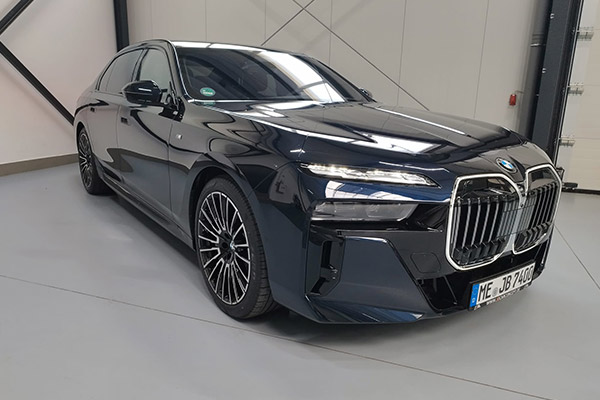After a long break in new product launches, Audi is picking up speed again with the presentation of the Q6 e-tron electric SUV. Audi itself speaks of the “prelude to the largest product initiative at Audi”. JB CarConcept is now making the Q6 e-tron available for your bookings in the top version SQ6 e-tron quattro and as a Q6.
The first edition of the Taycan has already proven that Porsche can do electric really well. Now the second edition is hitting the road with a bundle of model upgrade measures - now available as the Taycan Turbo S with Active Ride suspension from JB CarConcept. Carried over from its predecessor: 800-volt technology, concept as a narrow 4-door saloon. Dimensions of the body.














